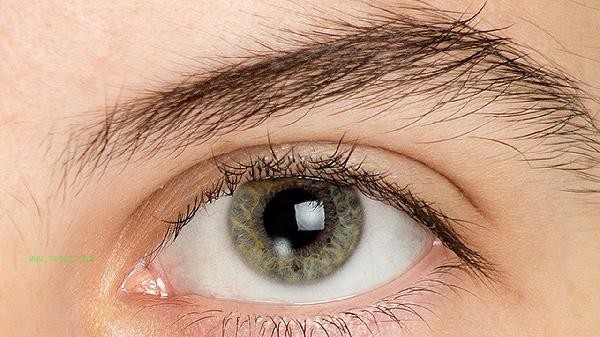Moderate consumption of fruits such as bananas, hawthorns, kiwis, apples, blueberries, etc. by hypertensive patients can help control blood pressure. These fruits are rich in potassium, dietary fiber, and antioxidants, which can help regulate sodium metabolism and improve vascular elasticity.

1. Bananas
Bananas are rich in potassium, with approximately 358 milligrams of potassium per 100 grams. Potassium ions can promote the excretion of sodium salts in the body and reduce vascular wall pressure. The magnesium element in bananas can also relax vascular smooth muscle, making it suitable for hypertensive individuals to consume as an extra meal. However, those with abnormal kidney function need to control their intake.
2. Hawthorn
The flavonoids contained in hawthorn can dilate coronary arteries and increase blood flow. Its organic acid components help reduce cholesterol deposition and improve microcirculation. Fresh hawthorn can be consumed directly or dried and soaked in water. People with excessive stomach acid should avoid consuming it on an empty stomach.
III. Kiwifruit
Kiwifruit has a much higher vitamin C content than citrus, which has antioxidant effects and can reduce the damage of free radicals to vascular endothelium. Its unique kiwifruit alkaloid can inhibit the activity of angiotensin-converting enzyme, and it is recommended to consume it with seeds to obtain more dietary fiber.

4. Apple
Quercetin in apple peel can inhibit platelet aggregation, while pectin can bind to bile acids to promote cholesterol metabolism. A daily apple with skin helps maintain vascular elasticity, and chewing can stimulate saliva secretion in the mouth, indirectly regulating autonomic nervous system function.
5. Blueberries
Blueberries have the highest anthocyanin content among fruits, which can enhance capillary permeability and improve peripheral circulation. Frozen blueberries have a high retention rate of nutrients and can be paired with sugar free yogurt, but should be temporarily discontinued during diarrhea.

It is recommended that hypertensive patients control their daily fruit intake between 200-350 grams and prioritize low glycemic index varieties. Eating fruits cannot replace antihypertensive drugs, and should be accompanied by a low salt diet and regular exercise. Patients with diabetes should monitor the change of blood sugar, and those with renal insufficiency should adjust the intake of high potassium fruits according to the doctor's advice. Seek medical attention promptly when blood pressure fluctuates significantly, and avoid increasing fruit intake instead of medication.








Comments (0)
Leave a Comment
No comments yet
Be the first to share your thoughts!